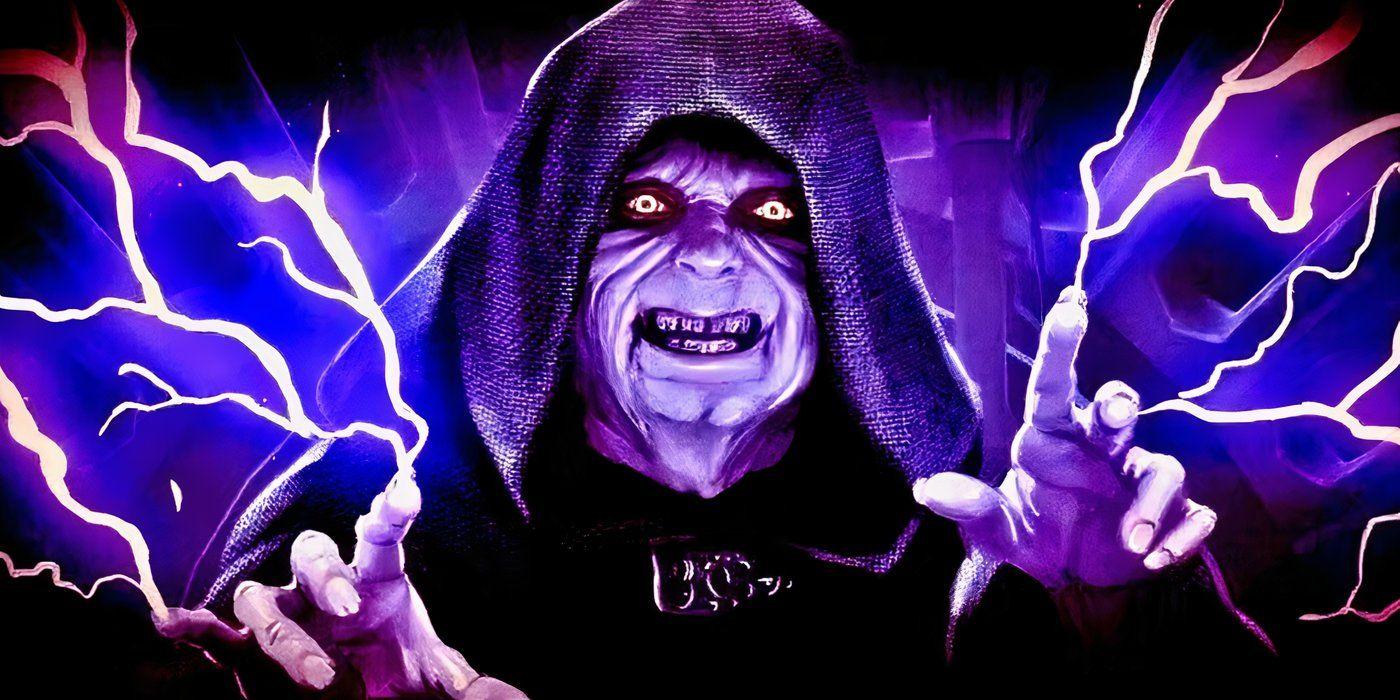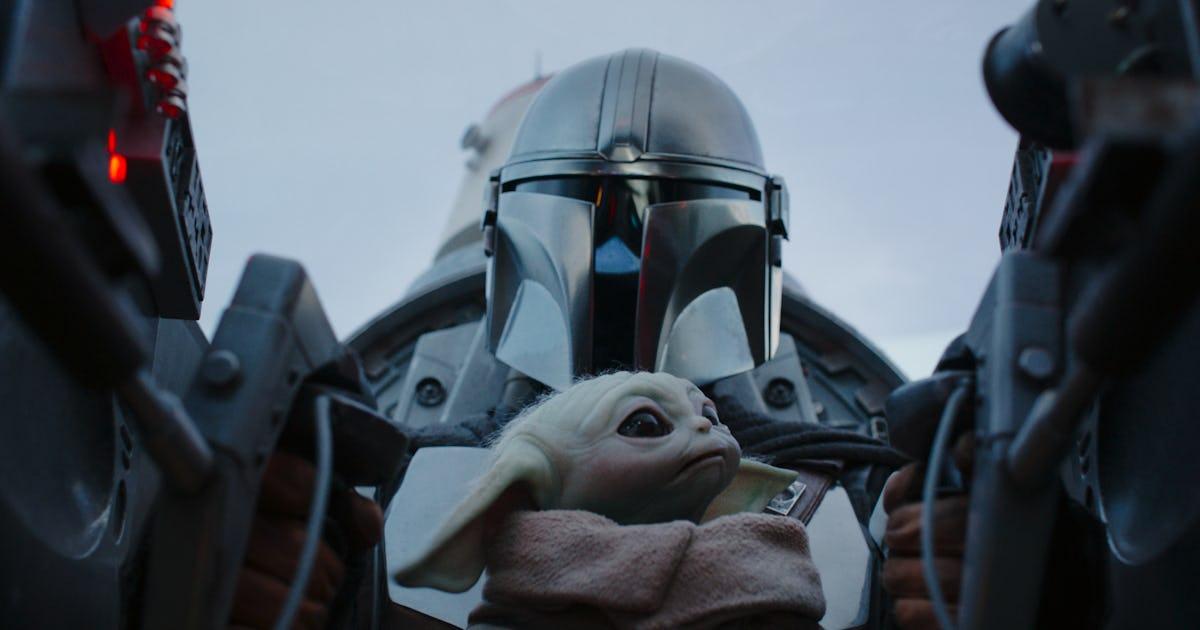THE EMPIRE STRIKES BACK: A DEEP DIVE INTO THE DARKER SIDE OF STAR WARS
In the dark and pivotal second chapter of the Star Wars saga, “The Empire Strikes Back” subverts the heroic triumph of its predecessor by plunging viewers into a galaxy of crushing defeats, personal betrayals, and earth-shattering revelations. As the Rebel Alliance struggles against the overwhelming might of the Empire, Luke Skywalker embarks on a transformative Jedi training journey that will challenge everything he believes about himself, culminating in a shocking confrontation that will forever alter the course of his destiny. From the frozen wasteland of Hoth to the ethereal Cloud City, our heroes face seemingly insurmountable challenges that test their courage, loyalty, and understanding of good and evil. With Darth Vader emerging as a complex antagonist whose true connection to Luke threatens to consume them both, this film promises a narrative depth that transcends typical space opera, exploring the delicate line between darkness and redemption.
#StarWars #EmpireStrikesBack #SciFi #MovieMagic #EpicStorytelling
Quick Takeaways:
- The Empire Strikes Back is often considered the cornerstone of the Star Wars saga.
- Unlike its predecessor, the film explores darker themes and raises the emotional stakes.
- Character development and a fearsome antagonist make it a standout sequel.
- The middle chapter’s dramatic tone sets up pivotal moments for the trilogy.
Exploring the Dark Heart of the Star Wars Saga
The Empire Strikes Back is widely recognized as the backbone of the Star Wars series, and with good reason. While A New Hope celebrated the triumph of good over evil, this sequel delves into the galaxy’s darker corridors. It elevates the saga by exploring more complex themes, higher stakes, and profound character dilemmas, setting a dramatic precedent for the trilogy’s middle chapter.
A Galaxy in Turmoil: Setting the Tone on Hoth
The movie begins on the icy world of Hoth, where the Rebel Alliance is retreating from the relentless Empire. The Empire’s swift victory establishes a narrative steeped in defeat and struggle for the heroes throughout the film. This tone of adversity propels the story into uncharted depths, where personal and galactic challenges intertwine.
Luke’s Journey: The Trial of the Jedi
Luke Skywalker’s path takes center stage as he trains under Yoda on the swampy planet Dagobah. His rigorous lessons in the Force are not without significant hurdles, culminating in the devastating revelation that Darth Vader is his father. This shocking truth dismantles Luke’s understanding of his identity, marking a critical moment of growth as he grapples with despair and doubt. The film’s darker tone aligns with George Lucas's vision that the middle segment of a trilogy should test its characters to their limits.
The Evolution of Key Characters
The characters in The Empire Strikes Back are given room to evolve in meaningful ways. Han Solo’s journey from self-serving mercenary to devoted ally reaches a peak during the film’s latter half in Cloud City. Here, Han’s developing relationship with Princess Leia culminates in one of the saga’s most iconic moments: his famous response, "I know," to her declaration of love. His fate—frozen in carbonite—injects suspense into the story, leaving viewers on edge for what comes next.
A Fearsome Villain Gains Depth
Darth Vader, the seemingly unstoppable antagonist of the saga, transforms from a symbol of terror into a character of emotional complexity. His confrontation with Luke is not just a thrilling lightsaber duel but also a powerful narrative turning point. Revealing himself as Luke’s father, Vader deepens the emotional stakes and injects a moral ambiguity into their conflict. This father-son dynamic becomes the lynchpin of the trilogy, enriching both characters while setting up the story's climactic resolution.
Legacy of a Dark Middle Chapter
With its complex themes, compelling character development, and a masterfully dark tone, The Empire Strikes Back stands as a testament to the power of sequels done right. It raises the narrative bar for the Star Wars saga, paving the way for the epic conclusion while solidifying its status as a cultural milestone.
Frequently Asked Questions
What happened to the Empire after Emperor Palpatine’s death?
After Emperor Palpatine’s death, the Galactic Empire struggled with disarray and power vacuums. Key Imperial commanders attempted to seize control, leading to internal conflicts, while the Rebel Alliance capitalized on the chaos to establish the New Republic.
Is Star Wars finally exploring the Empire’s collapse?
Yes, recent Star Wars stories are delving deeper into how the Empire fared after Emperor Palpatine’s death. Through shows and comics, fans are getting insights into the political, military, and social turmoil that followed the fall of the Emperor.
Who led the Imperial forces after Palpatine’s death?
After Palpatine’s death, leadership of the Imperial forces fractured among various warlords and commanders like Grand Admiral Thrawn and Moff Gideon. These figures tried to maintain control while battling both the New Republic and rival factions.
How did the Emperor’s death impact the galaxy?
The Emperor’s death sent shockwaves through the galaxy, sparking celebrations in some systems but also chaos in others. While the fall of the Empire marked a turning point for freedom, it led to economic instability, civil strife, and the rise of warlord-controlled regions.
What is the New Republic’s role in the aftermath of the Empire?
The New Republic emerged as a central governing body after Palpatine’s death, attempting to restore democracy and stabilize the galaxy. However, resistance from Imperial remnants made the transition to peace challenging and prolonged.
Why are there still Imperial remnants in Star Wars?
Despite the Emperor’s death, many Imperial forces survived and regrouped under fragmented leadership. These remnants resisted the New Republic’s efforts to dismantle them, resulting in ongoing conflicts and a slow decline of Imperial influence.
Are the Imperial remnants connected to the First Order?
Yes, the Imperial remnants eventually evolved into the First Order. Drawing from surviving Imperial resources and ideology, the First Order emerged as a more secretive and militarized entity, aiming to reclaim dominance in the galaxy.
Filipino Translation:
1. **Direct Quotes**:
– “The Empire Strikes Back”
– “Star Wars”
– “A New Hope”
– “The Empire Strikes Back”
– “Luke Skywalker”
– “Yoda”
– “Dagobah”
– “Darth Vader”
– “Han Solo”
– “Cloud City”
– “Princess Leia”
– “I know”
-
Tone and Context:
The tone is semi-formal and analytical with a focus on summarizing and critiquing themes, story arcs, and character developments. It would need to be casualized for conversational Taglish. -
Key Terms/Phrases:
- "Backbone of the Star Wars saga"
- "Galaxy far, far away"
- "Jedi training"
- "The Force"
- "Mercenary persona"
- "Carbon-freezing"
- "Dark side"
- "Father-son dynamic"
-
English Words to Remain Untranslated:
- Proper nouns: Characters (e.g., Luke Skywalker, Yoda), locations (e.g., Dagobah, Hoth), and titles (e.g., Star Wars, The Empire Strikes Back).
- Terms with strong franchise ties: Jedi, The Force, dark side, trilogy.
- Phrases like "I know" (to retain its significance and context).
-
Common Taglish Expressions:
- Words like "grabe," "ang intense," "relate tayo dito," "kaloka," etc.
- Insertions of "kasi," "diba," "ganun," "so," and filler words like "ano" for a conversational tone.
-
Formality Level:
Casual and conversational. The target audience is likely younger, urban Filipinos familiar with the franchise, so the language should feel relatable. -
Casual Filipino Elements:
- Use of contractions like "'di," "lang," "nga."
- Mixing Filipino and English seamlessly in thought transitions.
- Emotional and expressive tone through colloquial speech.
-
Cultural Adaptation:
- Convey familiarity by using relatable expressions.
- Highlight emotional depth using Filipino phrases that evoke feelings and empathy.
-
Pop Culture Adaptation: None needed, as "Star Wars" is widely recognized.
-
Meaning Preservation:
- Maintain the analytical depth but express it conversationally.
- Show the tension and drama in the character arcs using casual storytelling style.
Yung movie nagsimula sa ice world na Hoth, kung saan on-the-run na naman yung Rebel Alliance against the Empire. Dito pa lang, kita mo na agad na tone ng film is puro talo, setbacks, at failures for the heroes. Si Luke Skywalker, lalo na, grabe yung struggles niya—nag-training siya as a Jedi kasama si Yoda sa Dagobah. Pero hindi lang ito tungkol sa pag-master ng The Force; kailangan niya harapin yung mind-blowing na truth na si Darth Vader pala yung tatay niya. Can you imagine? Parang ginulungan ng mundo yung paniniwala niya. Ang dark ng peg ng movie, tapos pasok pa dun sa tinatawag ni George Lucas na theory na dapat yung middle episode ng trilogy is yung pinakamatrabaho o madilim. Ang galing lang ng pagkakagawa.
Nag-evolve din yung characters dito. Sila Han Solo and companiya, pumunta ng Cloud City to seek refuge, pero grabe yung daming twist sa story nila doon. Si Han? Dati parang mercenary lang siya eh, pero dito, pinakita niya na may genuine concern siya for Princess Leia. Yung scene kung saan sinabi ni Leia na "I love you," tapos sagot niya "I know"? Classic! Sobrang iconic nung moment na yun lalo na nang ma-freeze siya in carbonite. Ang sakit sa puso pero dramatic!
Tapos si Darth Vader—akala mo one-dimensional villain lang pero dito nagkaroon siya ng emotional depth, lalo na sa usapan nila ni Luke sa final battle nila. Doon mo talaga feel yung bigat ng relasyon nilang mag-ama. Plus, pinakita din kung gaano kalapit si Luke sa pag-turn sa dark side. Ang intense nung dynamic nilang mag-ama, and sa totoo lang, ang daming layers nun na dinadala sa buong Star Wars saga.
All in all, ang solid ng "The Empire Strikes Back." Sobrang memorable siya dahil nagli-level-up talaga yung story, stakes, at emotional impact. Talagang hindi siya basta-basta movie—isa siyang masterpiece sa trilogy and beyond."
Star Wars Is Finally Showing Us How the Empire Faired After Emperor Palpatine’s Crushing Death was first published here.














